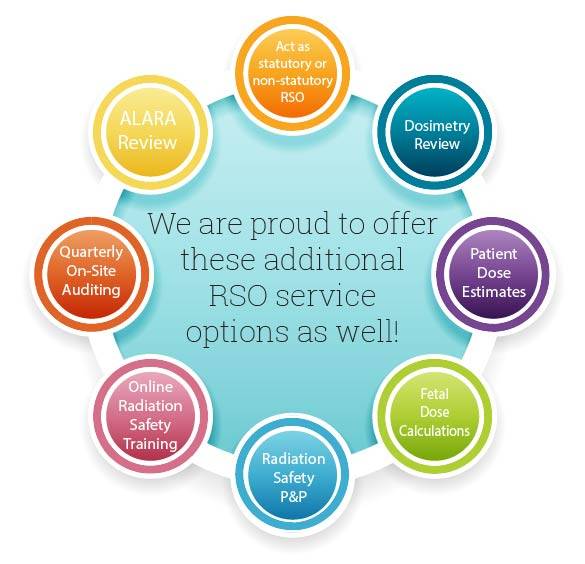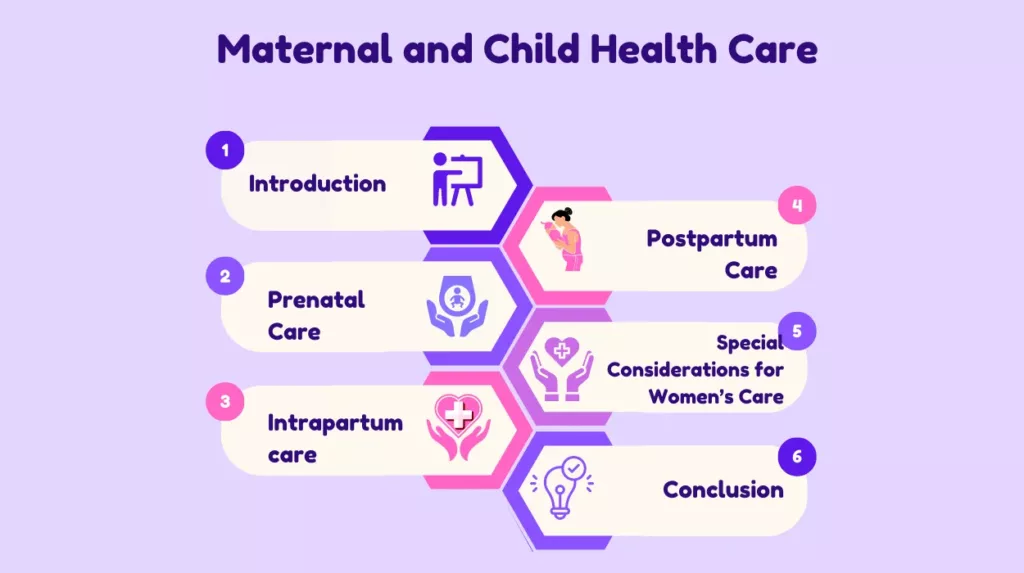Importance of Sewage Treatment Plants (STP) in Hospitals
Introduction
Hospitals are essential facilities that provide critical healthcare services, but they also generate large amounts of wastewater daily. This wastewater contains biological, chemical, and pharmaceutical contaminants that can be hazardous to the environment and public health if not properly managed. A Sewage Treatment Plants (STP) are vital solutions for treating hospital sewage before it is discharged into the environment. STPs play a crucial role in reducing pollution, conserving water, and ensuring compliance with environmental regulations. In this blog, we will discuss the importance of STPs in hospitals, their benefits, and best practices for their implementation.
What is a Sewage Treatment Plant (STP)?
A Sewage Treatment Plant (STP) is a system designed to treat wastewater and sewage from hospitals, residential complexes, and industrial facilities. It removes contaminants, including organic matter, pathogens, and harmful chemicals, before releasing treated water into the environment or reusing it for non-potable applications.
STPs use a combination of physical, biological, and chemical processes to purify sewage and ensure it meets environmental safety standards. The treated water can then be safely discharged or reused for activities like gardening, flushing, and cooling systems.
Why is an STP Important in Hospitals?
Hospitals generate a unique type of wastewater that contains a mix of medical waste, pathogens, pharmaceuticals, and other hazardous materials. Without proper treatment, this wastewater can cause severe environmental and health hazards. Here are key reasons why an STP is essential in hospitals:
1. Prevention of Water Pollution
Hospital wastewater often contains harmful microorganisms, drug residues, and toxic chemicals that can contaminate nearby water bodies if released untreated. An STP removes these contaminants, preventing water pollution and protecting aquatic ecosystems.
2. Safeguarding Public Health
Untreated sewage can lead to the spread of infectious diseases such as cholera, dysentery, and hepatitis. By effectively treating hospital wastewater, an STP minimizes the risk of waterborne diseases and ensures a healthier environment for the community.
3. Regulatory Compliance
Governments and environmental agencies have strict regulations for wastewater disposal from healthcare facilities. Installing an STP helps hospitals comply with these regulations, avoiding legal penalties and ensuring responsible waste management.
4. Water Conservation and Reuse
Treated sewage water from an STP can be reused for non-drinking purposes such as landscaping, toilet flushing, and cooling systems. This reduces the hospital’s freshwater consumption, promoting sustainable water management.
5. Reduction of Environmental Footprint
Hospitals produce a significant amount of wastewater daily. An STP reduces the ecological impact by ensuring wastewater is treated before discharge, thus reducing soil, water, and air contamination.
6. Odor and Pest Control
Stagnant and untreated sewage can produce foul odors and attract pests such as mosquitoes and rodents, leading to hygiene concerns. An STP effectively manages wastewater, eliminating bad smells and reducing pest infestations.
Components of a Hospital Sewage Treatment Plant
An STP consists of multiple stages to ensure effective treatment of hospital sewage. The key components include:
1. Preliminary Treatment
- Removal of large debris, solid waste, and sediments through screening.
- Grit chambers to separate sand and heavy particles.
2. Primary Treatment
- Settling tanks allow heavier particles to settle as sludge.
- Chemical treatment to break down organic matter.
3. Secondary Treatment
- Biological processes, such as activated sludge systems or bio-filters, to break down organic pollutants.
- Aeration to enhance microbial activity for efficient waste degradation.
4. Tertiary Treatment
- Advanced filtration to remove residual solids and fine particles.
- Disinfection using chlorine, UV light, or ozone to eliminate pathogens.
5. Sludge Management
- Treated sludge is either disposed of safely or converted into biogas for energy use.
- Drying beds or incineration may be used for sludge treatment.
Benefits of Installing an STP in Hospitals
Hospitals that install and maintain STPs experience numerous advantages, including:
1. Enhanced Water Quality
An STP ensures that discharged water is clean and safe, reducing contamination of natural water sources.
2. Improved Hospital Hygiene
Proper sewage treatment prevents foul odors and maintains a clean hospital environment, improving hygiene and patient safety.
3. Cost Savings in Water Management
By reusing treated water for non-potable applications, hospitals can reduce their dependence on fresh water supplies and lower water bills.
4. Legal Compliance and Avoidance of Fines
Hospitals with STPs comply with government regulations, avoiding fines and potential legal actions related to environmental violations.
5. Positive Environmental Impact
Proper sewage treatment contributes to a greener, more sustainable hospital by minimizing pollution and reducing the overall environmental footprint.
Best Practices for Implementing an STP in Hospitals
To maximize the effectiveness of an STP, hospitals should follow these best practices:
- Conduct a Wastewater Analysis
- Regularly test wastewater to determine contamination levels and treatment requirements.
- Choose the Right STP Design
- Select a system that matches the hospital’s wastewater volume and treatment needs.
- Consider modular or expandable STP designs for future scalability.
- Ensure Regular Maintenance
- Periodic inspections and maintenance prevent breakdowns and ensure efficient operation.
- Implement automated monitoring systems to track STP performance.
- Train Staff on Wastewater Management
- Educate hospital staff on proper waste disposal practices.
- Train STP operators on handling and maintaining treatment systems.
- Adopt Energy-Efficient Technologies
- Use energy-saving aeration systems and renewable energy sources like biogas to power STP operations.
Conclusion
Sewage Treatment Plants (STPs) are essential for hospitals to manage wastewater effectively, protect public health, and minimize environmental impact. By implementing a well-maintained STP, hospitals can ensure compliance with regulations, conserve water resources, and contribute to a sustainable future.











Leave a Reply